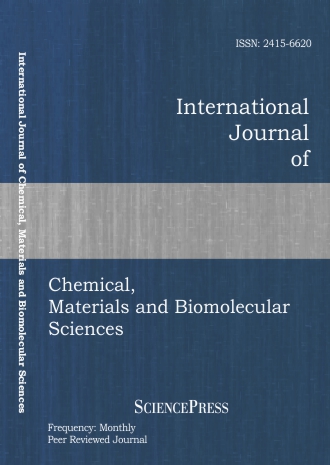
Scholarly
Volume:9, Issue: 5, 2015 Page No: 645 - 650
International Journal of Chemical, Materials and Biomolecular Sciences
ISSN: 2415-6620
1543 Downloads
Flocculation on the Treatment of Olive Oil Mill Wastewater: Pretreatment
Currently, continuous two-phase decanter process used for olive oil production is the more internationally widespread. The wastewaters generated from this industry (OMW) are a real environmental problem because of its high organic load. Among proposed treatments for these wastewaters, advanced oxidation technologies (Fenton, ozone, photoFenton, etc.) are the most favourable. The direct application of these processes is somewhat expensive. Therefore, the application of a previous stage based on a flocculation-sedimentation operation is of high importance. In this research five commercial flocculants (three cationic, and two anionic) have been used to achieve the separation of phases (liquid clarifiedsludge). For each flocculant, different concentrations (0-1000 mg/L) have been studied. In these experiments, sludge volume formed and the final water quality were determined. The final removal percentages of total phenols (11.3-25.1%), COD (5.6-20.4%), total carbon (2.3-26.5%), total organic carbon (1.50-23.8%), total nitrogen (1.45-24.8%), and turbidity (27.9-61.4%) were determined. The variation on electric conductivity reduction percentage (1-8%) was also determined. Finally, the best flocculants with highest removal percentages have been determined (QG2001 and Flocudex CS49).
References:
[1] N. Trgo, N. V. Medvidović, and J. Perić, “Application of mathematical